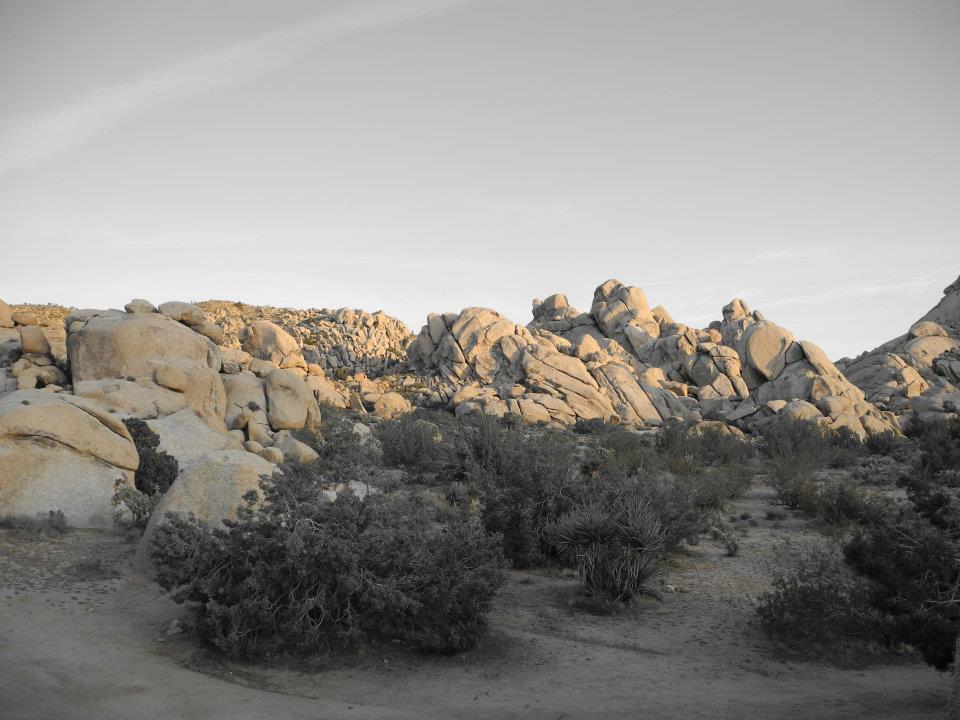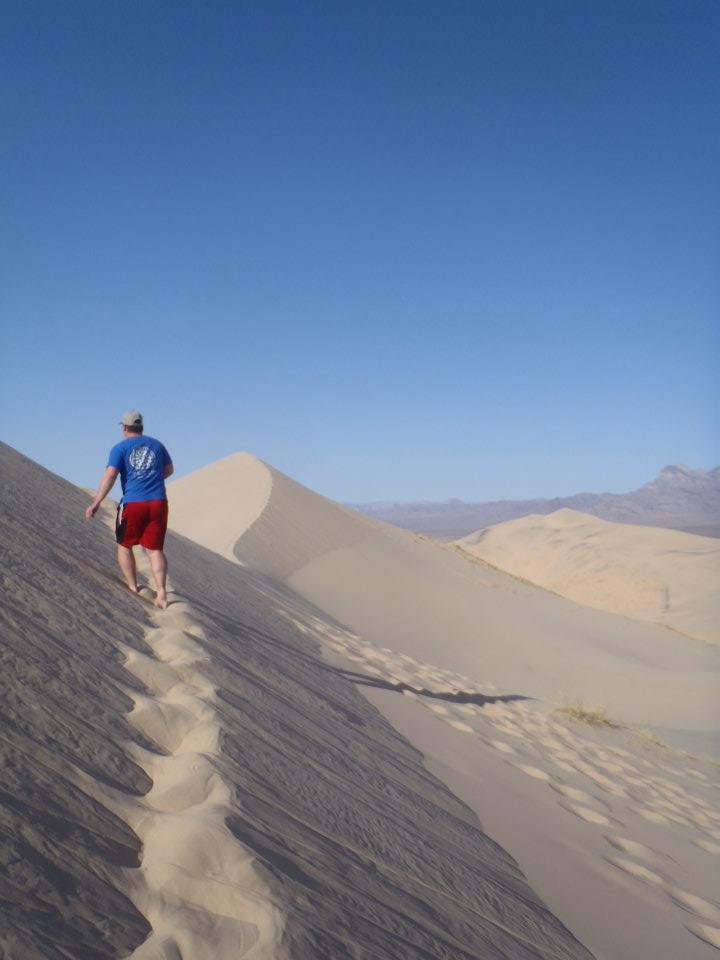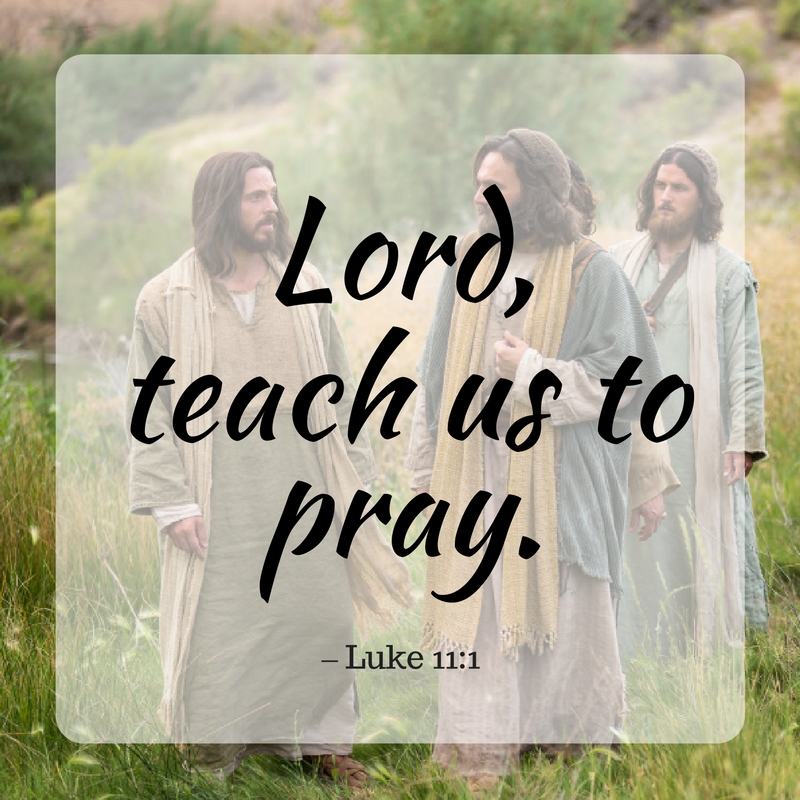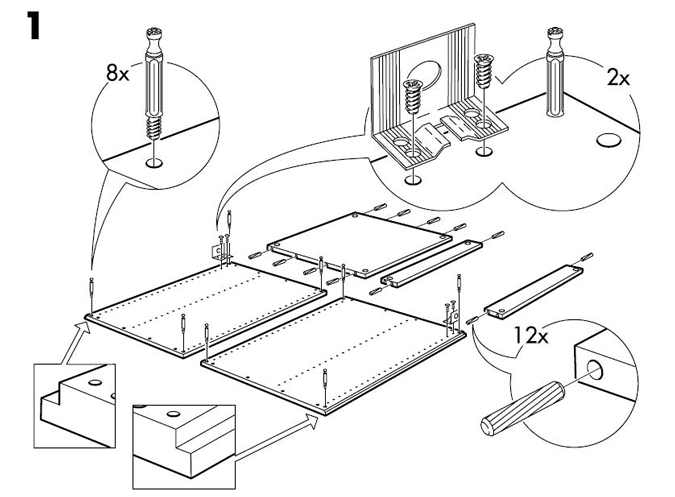
Photo by Tiffany Yee – Used with permission
Biblically speaking, the Desert has got a bad image, though perhaps for good reason. Moses and the Israelites wander around out there for 40 years. Jesus is tempted by the devil out in the desert. The desert is associated with lifelessness and with the absence of God. It is constantly contrasted with scenes like the verdant pastures of God’s love, the promised land of milk and honey, and the gifts of good harvest that come during years of healthy rain.
This desert imagery sneaks its way into our Lenten worldview as something important for our spirituality. We know the desert to be a place without much water where only the hardiest of plants and animals can survive – it is known as inhospitable for a reason. In the first week of Lent we join Jesus in his temptations in the desert and are left wondering how we avoid the perils of wealth, power, and extreme security.
Lent mirrors the desert experience. It can feel like no matter what our Lenten promise is or whatever we choose to “give up”, it feels like we’re passing through a lifeless desert waiting for Easter to come. Perhaps it has felt like you have opened yourself up to God, and opened your mouth towards the sky, but still no life giving rain falls. Of course, not all Lents are like this – but if you’re like me, it can be tough going.
Despite its rough image, I love the desert and have always thought it beautiful. When I was young and we would drive from Southern California to Las Vegas I found the rock formations, open sky, and (to me) strangely-colored dirt to be fascinating as if it was something from another planet. As I grew into a young adult I discovered camping in Joshua Tree and in the Mojave Desert. I came to love the way that earth stretches on forever in the desert, the boulders that my friends and I would call “God’s Sandbox,” and the ways that the flowers would explode into bloom after the tiniest sprinkling of rain. The sunrise with its purple, golden, blue, and orange hues are unparalleled in my eyes. The desert uniquely allows for a retreat from the modern world’s distractions—when everything is stripped away all that remains is the beauty of God’s creation.
Yet, in order to appreciate the desert’s beauty I think you need two things: preparation and open eyes.

Photo by Tiffany Yee – Used with permission
The desert is hard work. To go camping in the Mojave, you have to bring everything with you. There are no bathrooms, stoves, or nearby stores. If you didn’t bring any water with you and you are incredibly parched, it’s going to be difficult to notice the beauty of the landscape. Lent similarly can take a lot of work in preparation. We enter this sacred time in order to draw ourselves deeper into God’s love. It is no secret that the desert is often called desolate; when we enter the spiritual desert we must be prepared for the real possibility of experiencing desolation.
So what are we supposed to do when Lent feels lifeless and desolation creeps in, even when you’ve done the appropriate preparation? Like in the desert, I suggest preparation and paying attention. If you can do nothing else, maybe just start with the Awareness Examen. Like the sleeping bud burst into bloom, what small (and perhaps unexpected) joy can you notice today? Do you see the great expansive desert before you as a burdensome crossing or as a reminder of God’s incredible expansive love? Is there a way that you can help out your fellow pilgrim who is crossing their own desert. Perhaps they could use a little respite and some water?
Lent is a time for investigation. We look deeper into ourselves and wonder about how we can more authentically live out our mission in Christ. And like the desert, whose beauty is not always obvious, we are invited to spend time pondering where God might be even in our desert lands. We find that when we’re willing to put ourselves beyond our comfort zones and enter the desert, we might glimpse God just a bit more clearly if only we’re willing to look.









Thank you for this reflection because it expresses a lot of what I’m feeling so far this Lent. You used the words parched and desolate and that’s exactly how I have been feeling so far. All the readings and prayers I’ve been doing seem so empty of meaning, that I find myself rereading them with the hope of evoking some emotion, some reaction in me, but no, I’m left cold and listless. The most I’ve managed to “produce” is the desire to continue praying with the hope of coming alive.